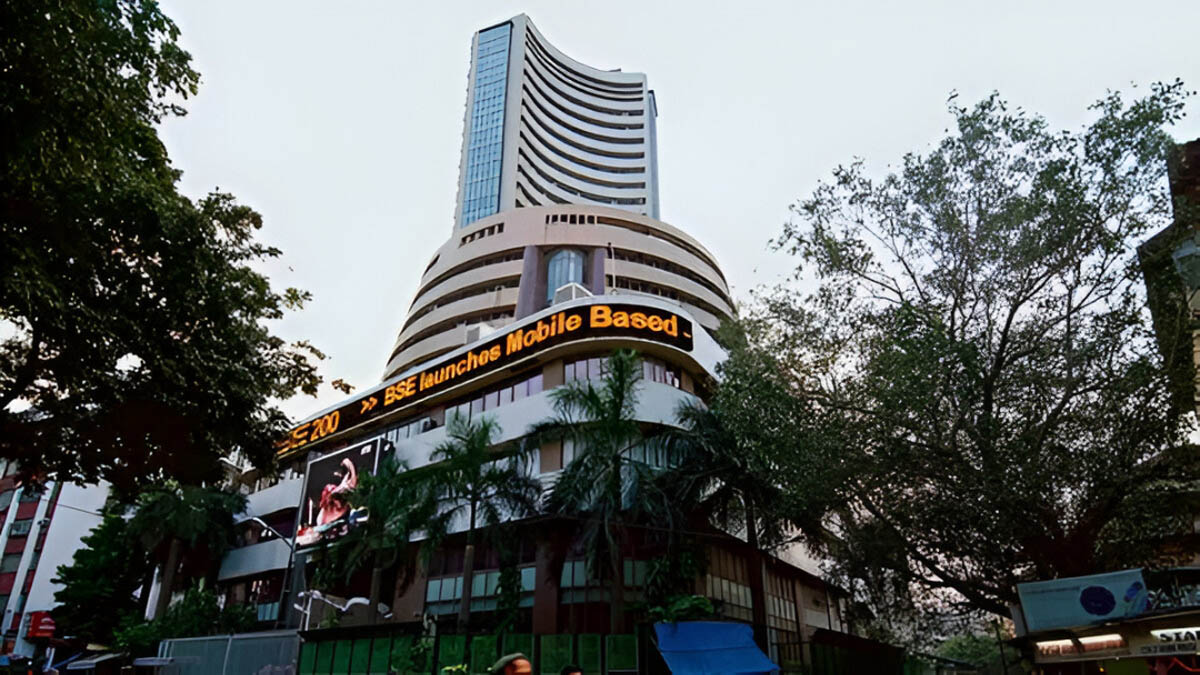Now Reading: Understanding the 67% Drop in BSE Shares: A Bonus Issue, Not a Bust
-
01
Understanding the 67% Drop in BSE Shares: A Bonus Issue, Not a Bust
Understanding the 67% Drop in BSE Shares: A Bonus Issue, Not a Bust

Investors waking up to see BSE Ltd. (Bombay Stock Exchange) shares plummeting by as much as 67% on their trading applications today might have experienced a moment of panic, especially given the stock’s stellar performance of over 5,200% in the last five years. However, a deeper look reveals that this dramatic fall is not a cause for alarm, but rather a technical adjustment due to a 2:1 bonus share issue.
The Bonus Effect: More Shares, Lower Price
BSE shares turned “ex-bonus” today, May 23, 2025, which means that the stock began trading without the entitlement to the recently announced bonus shares. A bonus issue is a corporate action where a company distributes additional shares to its existing shareholders, free of cost, based on the number of shares they already own. In BSE’s case, the ratio was 2:1, meaning for every one share held, shareholders will receive two additional shares.
Here’s how it works:
- Before the ex-bonus date: An investor holding 1 share of BSE at, say, ₹7,000, has a total investment value of ₹7,000.
- On the ex-bonus date: The share price is adjusted downwards to reflect the increased number of shares. With a 2:1 bonus, the total number of shares held by the investor triples. To maintain the same overall value, the price per share effectively divides by three. So, the ₹7,000 share now becomes three shares, each valued at approximately ₹2,333 (₹7,000 / 3).
While the individual share price drops significantly, the total value of the shareholder’s investment remains the same. The investor simply holds more shares at a lower price each. Many trading apps, especially at the start of the trading day, might display the previous day’s closing price against the adjusted current price, leading to the appearance of a steep fall.
Rewarding Shareholders: The Rationale Behind Bonus Issues
Companies typically opt for bonus issues to reward their shareholders and to improve the liquidity of their shares. A lower share price after a bonus issue makes the stock more accessible and attractive to a broader range of investors, including retail participants, potentially increasing trading volumes. For BSE, this is only the second time in its history it has issued bonus shares, with the previous instance in March 2022.
The record date for the bonus issue was fixed as May 23, 2025. This means investors who purchased BSE shares on or before May 22, 2025, were eligible to receive these bonus shares, ensuring the transaction settles by the record date under the T+1 settlement system. The bonus shares are expected to be allotted on Monday, May 26, and available for trading from Tuesday, May 27.
Beyond the Bonus: A Look at BSE’s Strong Fundamentals
Despite the perceived crash, BSE’s underlying business fundamentals remain robust. The exchange has been a significant wealth creator, with its shares delivering a staggering 5,200% return over the past five years and a notable 165% return in the last year alone. The company recently reported a strong financial performance for Q4 FY25, with a 362% year-on-year jump in net profit to ₹494 crore and a 75% increase in revenue from operations to ₹847 crore. Its market capitalization stands close to ₹96,000 crore.
Potential Headwinds: Regulatory Scrutiny
While the bonus issue is the primary reason for today’s price adjustment, it’s worth noting that some reports also indicate potential regulatory pressure. The Securities and Exchange Board of India (SEBI) is reportedly reviewing a proposal from the National Stock Exchange (NSE) to shift weekly index options expiry to Tuesdays. This move could potentially impact BSE’s market share in index options premiums, which currently stands around 22.2%, and could see a reduction of 3-4 percentage points. Such a shift could create some selling pressure on the stock, but for today, the bonus issue remains the dominant factor.
In conclusion, the drastic 67% fall in BSE’s share price observed on some trading platforms today is a technical adjustment following its 2:1 bonus share issue. It does not signify a decline in the company’s value or fundamental weakness. Investors should understand such corporate actions and their impact on share prices to avoid misinterpreting market movements.







